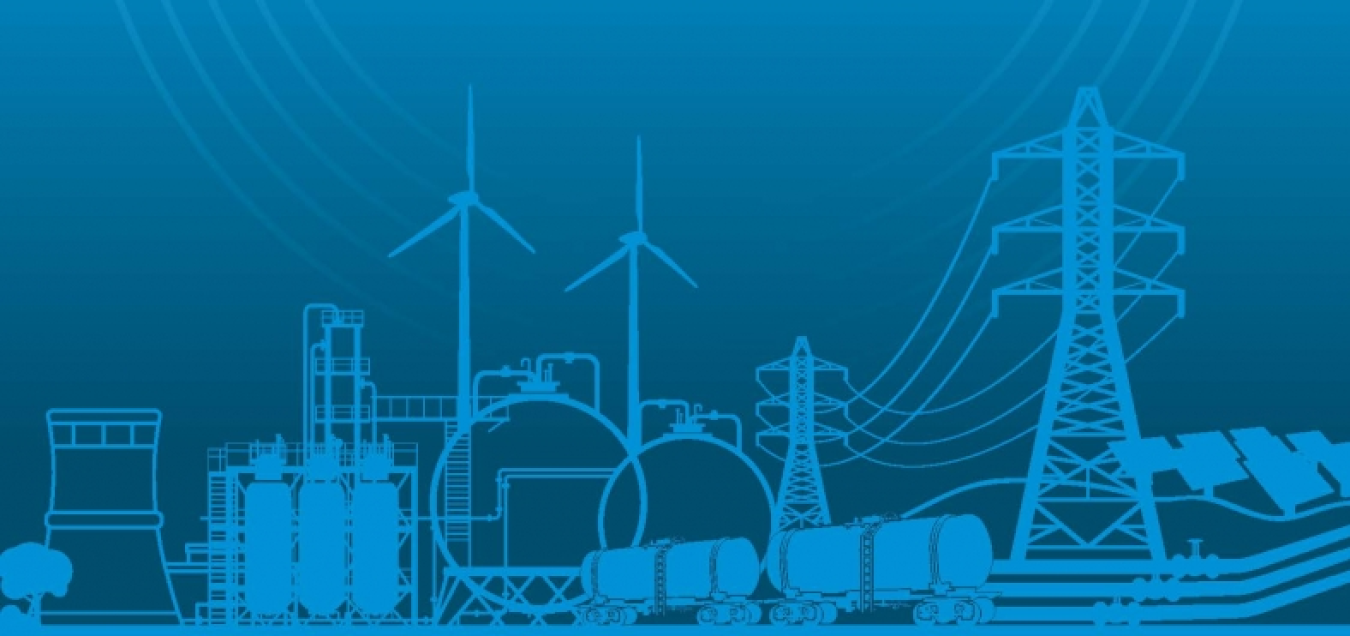
TRANSFORMING U.S. ENERGY INFRASTRUCTURES IN A TIME OF RAPID CHANGE
On April 21, 2015, the Quadrennial Energy Review (QER) Task Force released its first installment of the Quadrennial Energy Review report titled “Energy Transmission, Storage, and Distribution Infrastructure.” The first installment of the QER examines how to modernize our Nation’s energy infrastructure to promote economic competitiveness, energy security and environmental responsibility, and is focused on energy transmission, storage, and distribution (TS&D), the networks of pipelines, wires, storage, waterways, railroads, and other facilities that form the backbone of our energy system. The QER seeks to identify vulnerabilities in the system and proposes major policy recommendations and investments to replace, expand, and modernize infrastructure where appropriate.
The United States has one of the most advanced energy systems in the world, supplying the reliable, affordable, and increasingly clean power and fuels that underpin every facet of the Nation’s economy and way of life. The energy transmission, storage, and distribution infrastructure -- defined here as the infrastructure that links energy supplies, energy carriers, or energy by-products to intermediate and end users -- is large, complex, and interdependent. It includes approximately 2.6 million miles of interstate and intrastate pipelines; 414 natural gas storage facilities; 330 ports handling crude petroleum and refined petroleum products; and more than 140,000 miles of railways that handle crude petroleum, refined petroleum products, LNG and coal. The electrical component of the Nation’s TS&D infrastructure links more than 19,000 individual generators with a capacity of a megawatt or more (sited at over 7,000 operational power plants), with over 642,000 miles of high-voltage transmission lines and 6.3 million miles of distribution lines.
Download the first installment of the QER here.
In the time following the QER's publication, the Department of Energy (DOE) and its interagency partners have undertaken numerous initiatives to implement the QER's recommendations. To document the progress, DOE produced a report card in November 2016 that assesses the cumulative achievements of Congress, DOE, and its interagency partners to adopt the proposals. Download the Implementation Report Card for the first installment of the QER here.
Please visit the QER Document Library to view supplemental analysis used in the first installment.
<p>Download the <a href="node/1049021">full report</a>, learn more about the <a href="node/1576581">first installment</a>, examine the <a href="node/1011516">analytical library</a>, and review the <a href="node/2194510">status of recommendations</a>.</p>
<p>Download the <a href="node/2232085">full report</a>, learn more about the <a href="node/1575951">second installment</a>, examine the <a href="node/2244417">analytical library</a>, and view <a href="node/2219825">stakeholder comments</a>.</p>
<p>The <a href="http://www.whitehouse.gov/the-press-office/2014/01/09/presidential-memo… Memorandum</a> establishing the QER is available on the White House webpage.</p>
<p>Visit our <a href="/node/1559581">Stakeholder Engagement page</a> to review videos, agendas and other documents from our public meetings across the country.</p>

